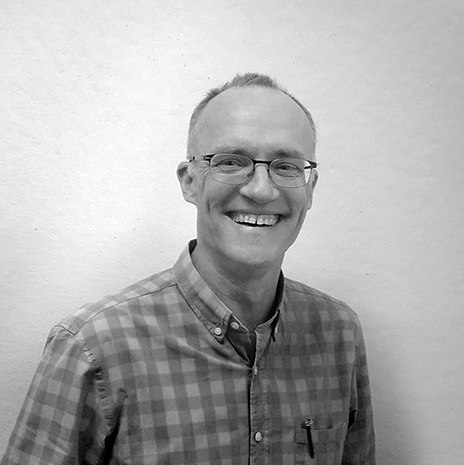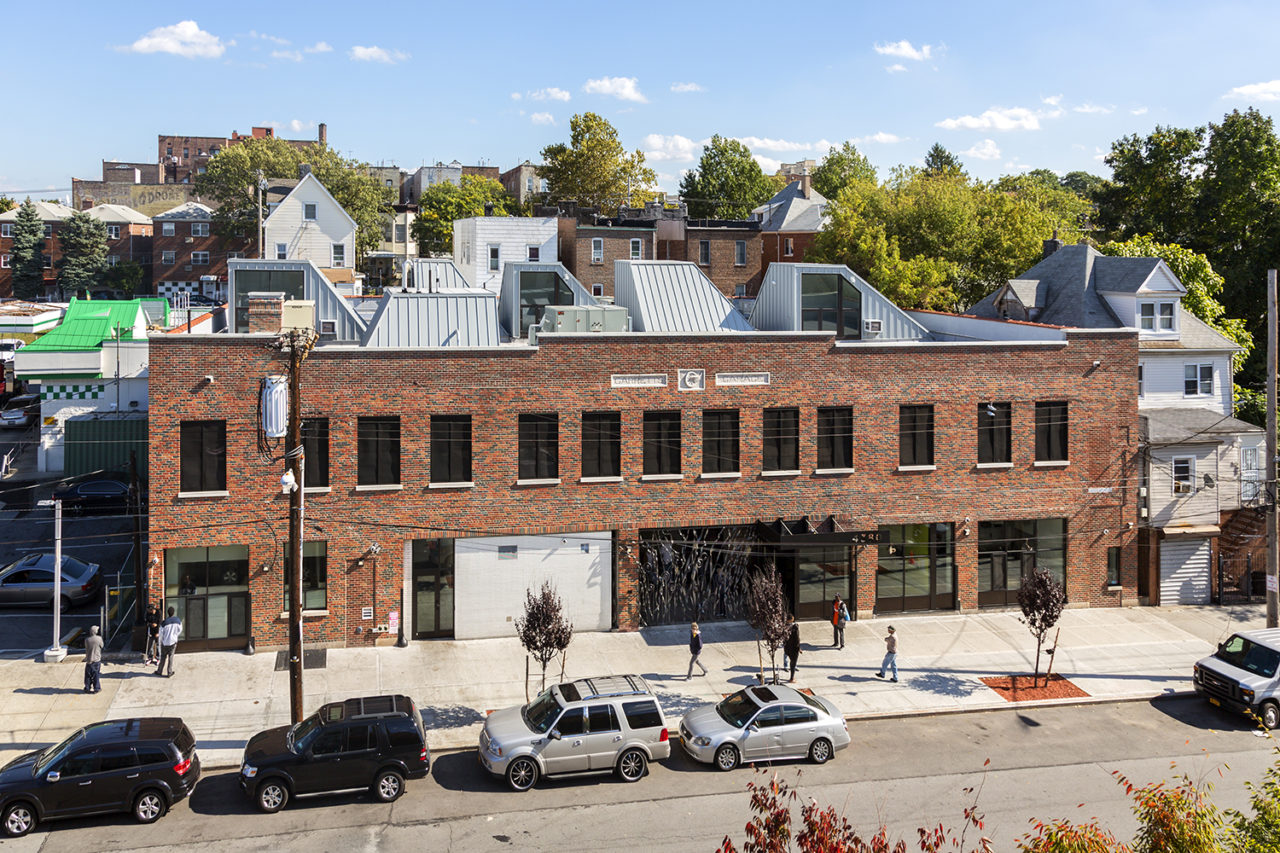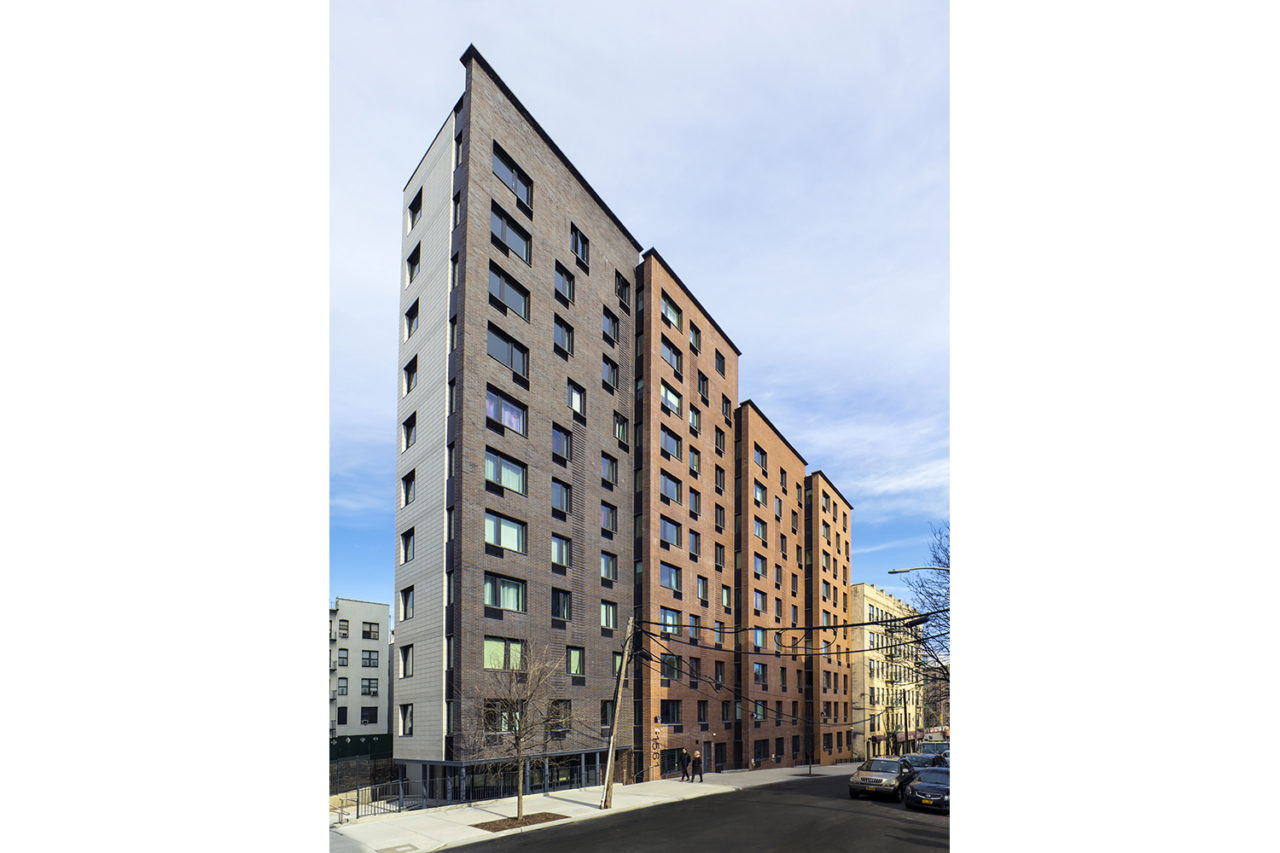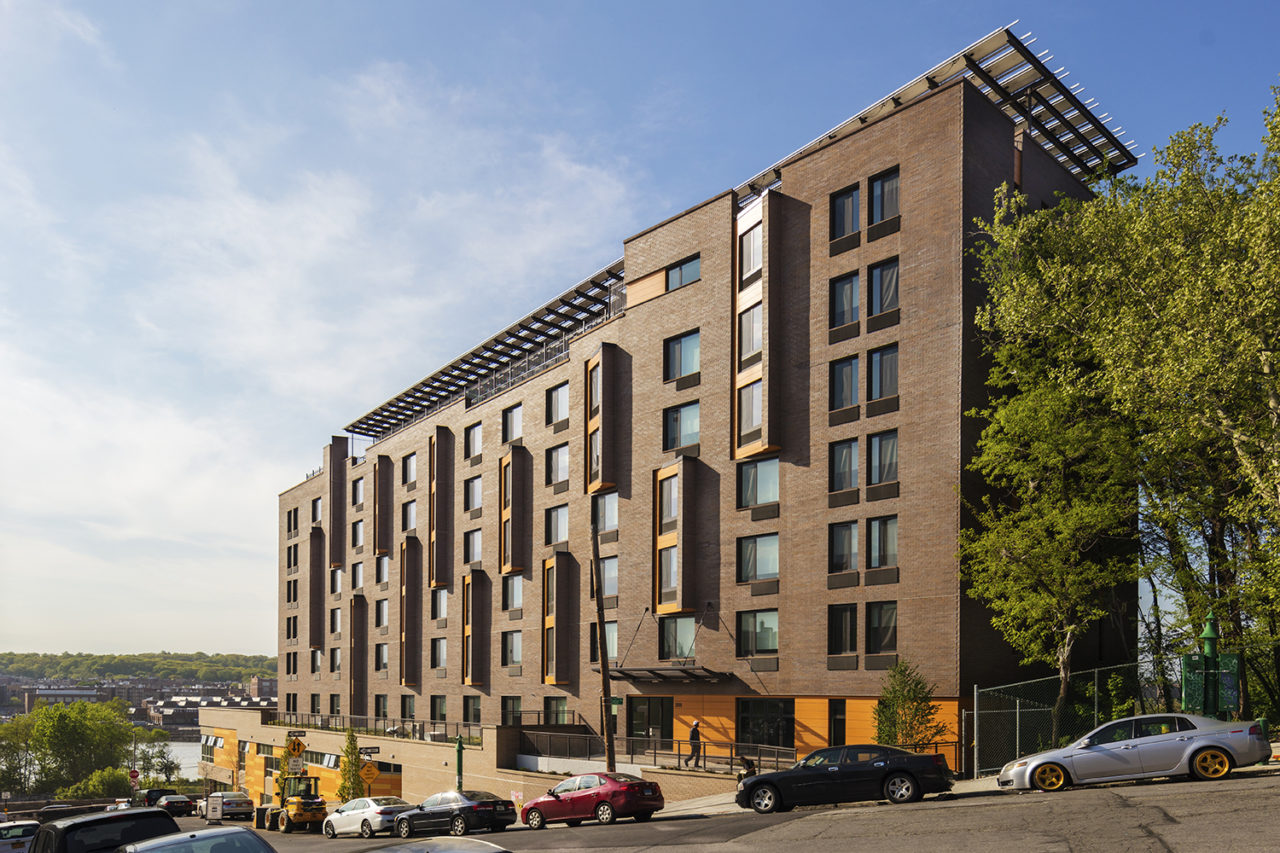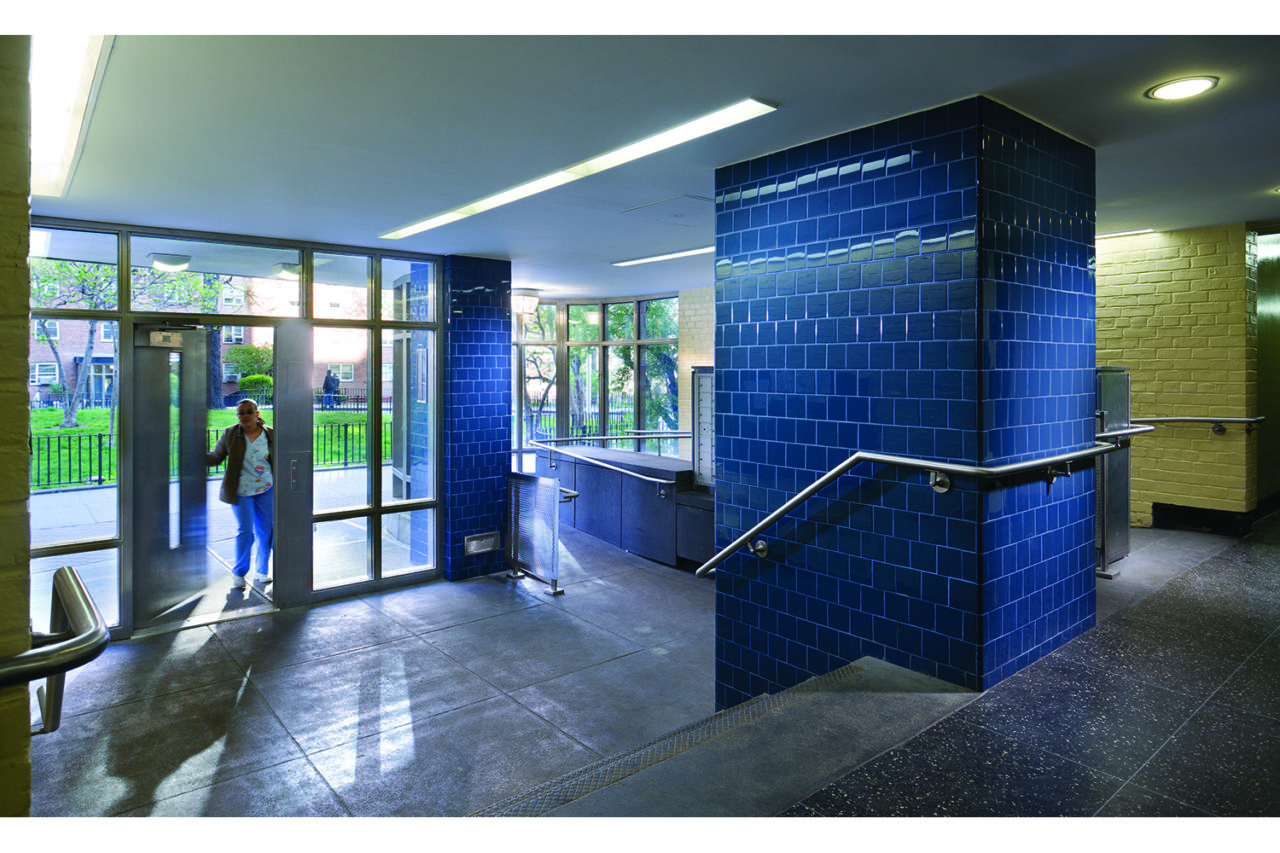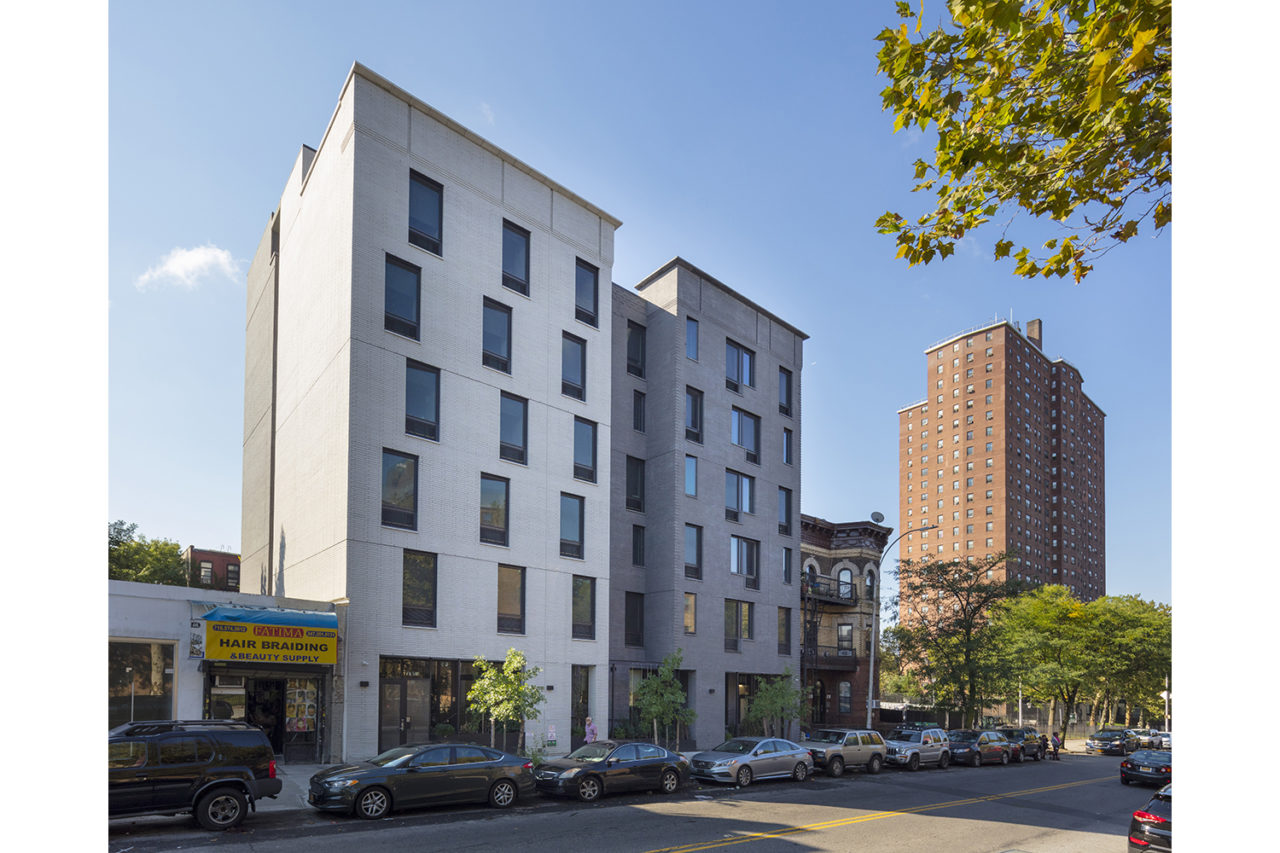by: AIA New York
Andrew Knox, FAIA, has focused his practice on elevating the lives of the societally disadvantaged through innovative humanistic design. Ever since Knox was named Partner at Edelman Sultan Knox Wood Architects in 1998, his projects have advanced the discussion and achievements of societally committed architecture. After earning a Master of Architecture degree at the Yale University School of Architecture, Knox practiced in Wales, London, California, Connecticut, and New York, before ultimately establishing roots with The Edelman Partnership. In addition to his professional practice, Knox has served as Co-Chair of the AIANY Housing Committee and on the board of the Betances Health Unit, and currently serves on the board of the Marble Cemetery of NYC.
This year, the Jury of Fellows of the AIA elevated Knox to its prestigious College of Fellows in the fifth category of Fellowship, which recognizes architects who have made efforts “To make the profession of ever-increasing service to society,” according to the organization’s definition. While only three percent of the AIA’s membership is distinguished with Fellowship, Knox’s investiture will be held at a future AIA Conference and AIANY’s next New Fellows Reception.
Q: What is influencing your work the most right now?
A: The intense need for housing and the increasing cost of it are influencing our work the most right now. COVID came on top of a widening rift in incomes in the city, and that increased differential is forcing more people out of their apartments as neighborhoods gentrify or become more affluent. This problem has been going on since I began practicing in the city in 1991, and it’s really only been getting worse.
What’s good at the moment is there seems to be much more understanding of it in the press and the government, and people are talking about it as an issue, so there is real attention on the problem. This current (city) administration has helped with that. People are exploring how to address it, whether through zoning changes, tax breaks, or increased funding, and those are all good things. But there continues to be a problem, and it may frankly be structural in nature, which moves beyond architects to resolve.
Q: How/why did you decide to pursue architecture?
A: I chose to pursue architecture during freshman year at Vassar College. I took a seminar on Le Corbusier with architectural historian Richard Palmer, and I discovered the extent of personal and cultural expression in architecture. It gave me an understanding of architecture’s importance and a wider understanding of what it really means. That’s sustaining because many of the tasks you perform as a practicing architect can be quite mundane and boring. Holding onto an understanding of how architecture expresses who we are in a very, very fundamental way allows me to face these decisions with alacrity, because it feels as if I’m part of a much bigger and important world.
The other aspect of pursuing architecture is finding out what aspects of it are interesting and important for you. I remember the great pleasure of joining forces with Joe Sultan and the freedom I felt when he explained that it was really OK to not care about the proportions of your doorknobs. Learning to let go of what’s not important for you in your work is a critical part of pursuing your path through architecture.
Q: What has been particularly challenging in your recent work?
A: We focus on low-income housing, shelters, and institutional work for disadvantaged clients. What’s changed most recently is there’s a much greater focus on energy conservation goals and general sustainability in buildings overall, combined with the increasing costs of construction. The challenge with the conservation goals are that they’re being enforced through a series of different agencies with different regulations, many of which contradict each other or in other ways are in conflict or not in sync. There are growing pains learning to negotiate what those differences are and to get contractors to build them, but it’s a good challenge. It’s learning something new and doing the right thing.
Q: What are some of your favorite recent projects that you’ve worked on?
A: One of the projects that was particularly interesting was Ana’s Place for Project Renewal, which is a homeless shelter that we converted from a former factory that in the 1920s was a garage, back when garages included car storage, car sales, repair of cars, general maintenance of cars—it was sort of an everything building. Our design worked out to be a perfect alignment of client needs with zoning restrictions and building code regulations, which allowed us to move the design toward a very bold solution that was completely backed up by all these regulations. So even though it was a little bit expensive, there was no way to execute the project without making these bolder moves. It was very satisfying to find a solution that was the most expressive, made the best space, solved the challenge with elegance, and couldn’t be cut for value engineering.
Q: What do you see as an architect’s role—and responsibility—within our culture?
A: To answer this, I take Picasso’s line, “What is an artist supposed to do in a time of war? They’re supposed to make art.” It’s our job as architects to make buildings. And those buildings become a cultural expression, whatever they are, so it’s vital that through the architect’s practice and the architecture that gets made, there continues to be a wide range of diverse views. Whether it’s someone like Samuel Mockbee teaching students in the South how to work with materials that are available in a field and in the dump, while also addressing the issues of rural poverty and housing. Or whether it’s someone like Carlo Scarpa, who in a post-World War II CIAM (Congrès internationaux d’architecture modern) housing conference stood up, rapped on the table, and announced loudly, “All I want is a pharaoh to build a pyramid for!” and then walked out on the meeting. Both of those people made architecture that is deeply expressive, deeply relevant, and deeply culturally important. It’s necessary that both those voices are there, because it’s the sum of all those things, the buildings that we choose to build, that end up defining who we are.
Editors’ Note: This feature is part of a series celebrating the members of the American Institute of Architects (AIA) New York Chapter who are elevated each year to the AIA College of Fellows, an honor awarded to members who have made significant contributions to both the profession and society. Learn more about Fellowship here.








